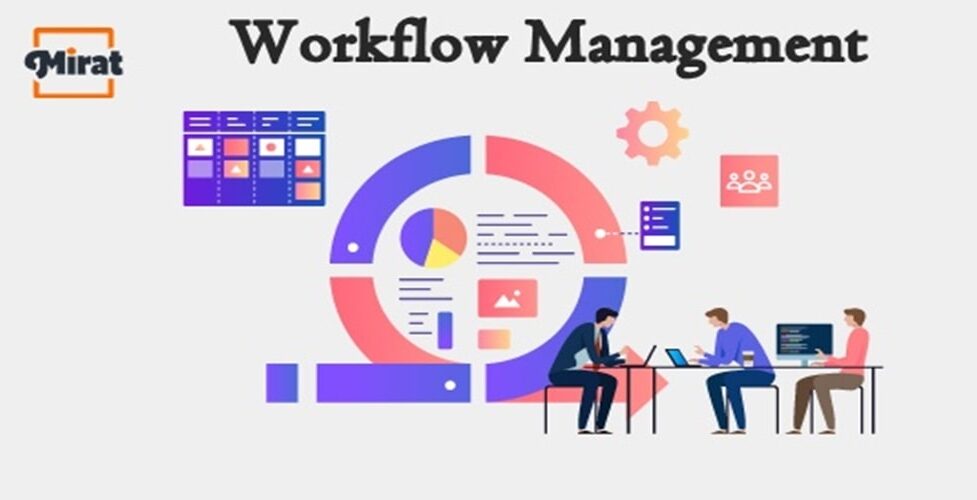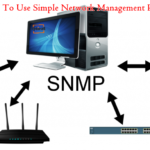According to MIRAT, there are always those first steps that organizations opt for to practice agile workflow management in their teams. Let’s learn more about this:
Step 1: Commit To Employing Agile, Cross-functional Teams As A First Step.
Agile workflow management is built on the foundation of nimble teams. In their ideal state, Agile teams receive no oversight or direction as they devote their talent, energy, and ideas to a particular, data-driven purpose.
Agile service management affiliates some team members with multiple teams. This is where the agile service management format will help break things and make the process less tedious. Because of this fact, the agile project management teams are autonomous and have a direction of their own. The scrum master, whose responsibility is to work with the agile project management team, is responsible for weekly reporting and guiding meetings.
The scrum masters assist the team in resolving challenges but do not make decisions on their behalf. Reviews and reporting are deferred until particular milestones are reached.
Step 2: Adopt An Iterative Mindset.
Transitioning an organization from waterfall planning to agile’s iterative team style can be difficult. Transitioning from traditional waterfall planning, which relies on thorough and strict plans, to agile workflows techniques, which emphasize sprint-based work, can be a lengthy process. There are several strategies to ease into iterative work by making tiny modifications.
For instance, teams make minor adjustments to their planning processes. Rather than pre-loading all project requirements in advance, create a functional prototype of anything you wish to bring to life.
Step 3: Eliminate Excessive Obstacles To Facilitate Change
Change approvals significantly impact the speed with which a company works and the capacity of agile teams to translate their intentions into action. MIRAT knows this too well and has explored this dimension enough.
When even minor modifications require approval, a queue might build, resulting in tedious months of work delay. Numerous stringent approval processes are motivated by a desire to alleviate the fear of danger, but data presentation successfully eases some of these anxieties. For instance, stakeholders might agree on priority metrics, and agile workflows planning teams then illustrate how those goals are satisfied or predicted to be reached. When measurements can be used to justify a change, approval processes can be expedited.
There are more approaches to enhance the approval process for changes. Making certain approvals for changes automatic helps eliminate some delays. Approvals can be automated for minor changes. However, for larger, more radical modifications requiring human review, any reduction in manual approvals can be beneficial. Additionally, the iterative structure of agile process development ensures that a single clearance does not commit too far in one direction.
Step 4: Evaluate And Improve Following Each Sprint And Project.
With traditional project management methodologies, many company projects make just passing references to previous performance throughout the planning and approval stages.
Each iteration of agile process planning can reflect on its progress — what worked, what didn’t, and what new targets or ideas might be added to the next sprint.
Even if you do not commit to iterations or sprints beyond the planning stage, MIRAT says it is a good practice to incorporate automatic low-stakes reviews as the final step of work for all processes.
Mapping Data And Value Streams Enable Control And Confidence.
Data and measurements are critical components of agile workflows planning and determining how past success impacts present daily work. When businesses have transparency and great visibility for key performance indicators (KPI), rigorous controls, such as a lengthy review process, are not required.
Corporate leaders directs teams toward optimal metric performance rather than micromanaging the task itself or the planning process. Then, leaders step into the position of a supporter, mentor, or advisor, assisting teams in maintaining a good trend in KPIs.
Understanding value streams is critical for maximizing the value of data and analytics. To begin, enterprises must establish their value streams, which can be product- or service-based, or linked to customer- or business-related objectives.
After identifying value streams, teams begin value stream mapping to measure metrics like flow, cycle time, and other delivery metrics that provide significant insight. Numerous steps can be included in value stream mapping processes, including the following:
- Workflow mapping for critical operations and departmental activities.
- Agile teams can link internal processes to micro-processes.
- Data may then be gathered and contextualized using this map; this enables teams to determine which work stages generate the greatest value and which can be improved.
Contextualized data delivers the maximum level of feedback. Organizations use this strategy to obtain visibility into all processes in order to pursue higher returns over time. Finally, artificial intelligence/machine learning business intelligence may be utilized to automate performance appraisals, facilitate decision-making, and instantly identify dangers and opportunities.
Extend Agile That Extends Beyond DevOps
MIRAT’s agile process enable teams to operate more autonomously, efficiently, and quickly. To accomplish these goals, the traditional labor processes and management practices must be changed.
Agile workflows has made clear gains in terms of faster software delivery and innovation. By incorporating elements of the agile process into other work areas, MIRAT helps an organization as a whole to experience the revolutionary benefits that agile provides.
Mirat.ai’s IT Infrastructure Management is Affordable & Easy to use! Get your Dashboard ready in only 5 Minutes. Request for Trial/Demo now (or) Contact our Team Now .
Contact Information:
Hema
Sales Executive
Phone: +1-315-636-4213
Email: sales@mirat.ai
Website: https://www.mirat.ai/


